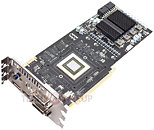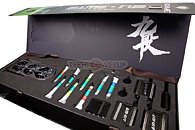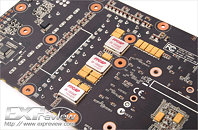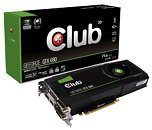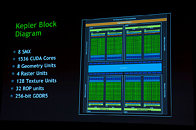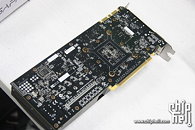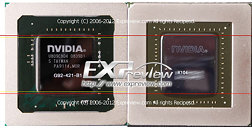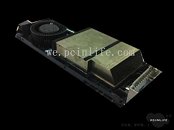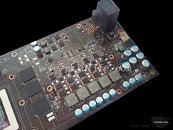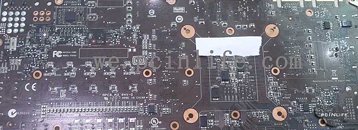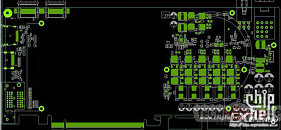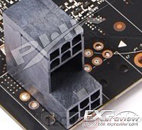
More GeForce GTX 690 Details Surface
We know from older reports that NVIDIA is working on GeForce GTX 690, a dual-GPU graphics card based on the 28 nm GK104 silicon, we also know that its launch will be strategically timed to follow that of AMD Radeon HD 7990. Expreview scored a few juicy details about this card. To begin with, it is reported that GeForce GTX 690 will draw power from two 8-pin PCIe power connectors.
The GeForce GTX 690 will use a PCI-Express 3.0-compliant bridge chip. Its display outputs will include three DVI and one DisplayPort. PSU with at least 650W capacity will be made a system requirement. The entire feature-set of GeForce GTX 680 will be carried over. The exact specifications, core configuration, and memory amount, remain at large.
The GeForce GTX 690 will use a PCI-Express 3.0-compliant bridge chip. Its display outputs will include three DVI and one DisplayPort. PSU with at least 650W capacity will be made a system requirement. The entire feature-set of GeForce GTX 680 will be carried over. The exact specifications, core configuration, and memory amount, remain at large.




